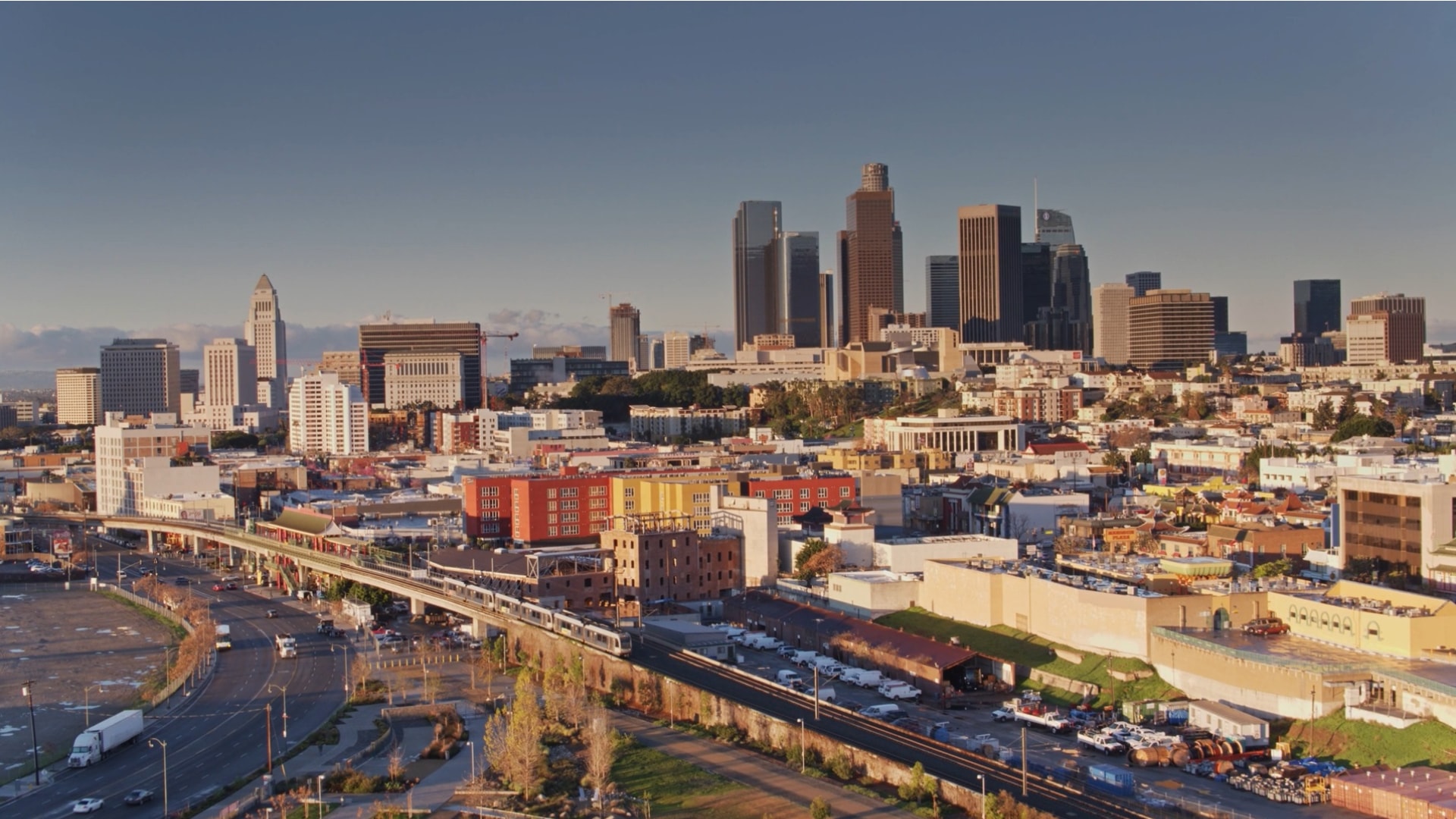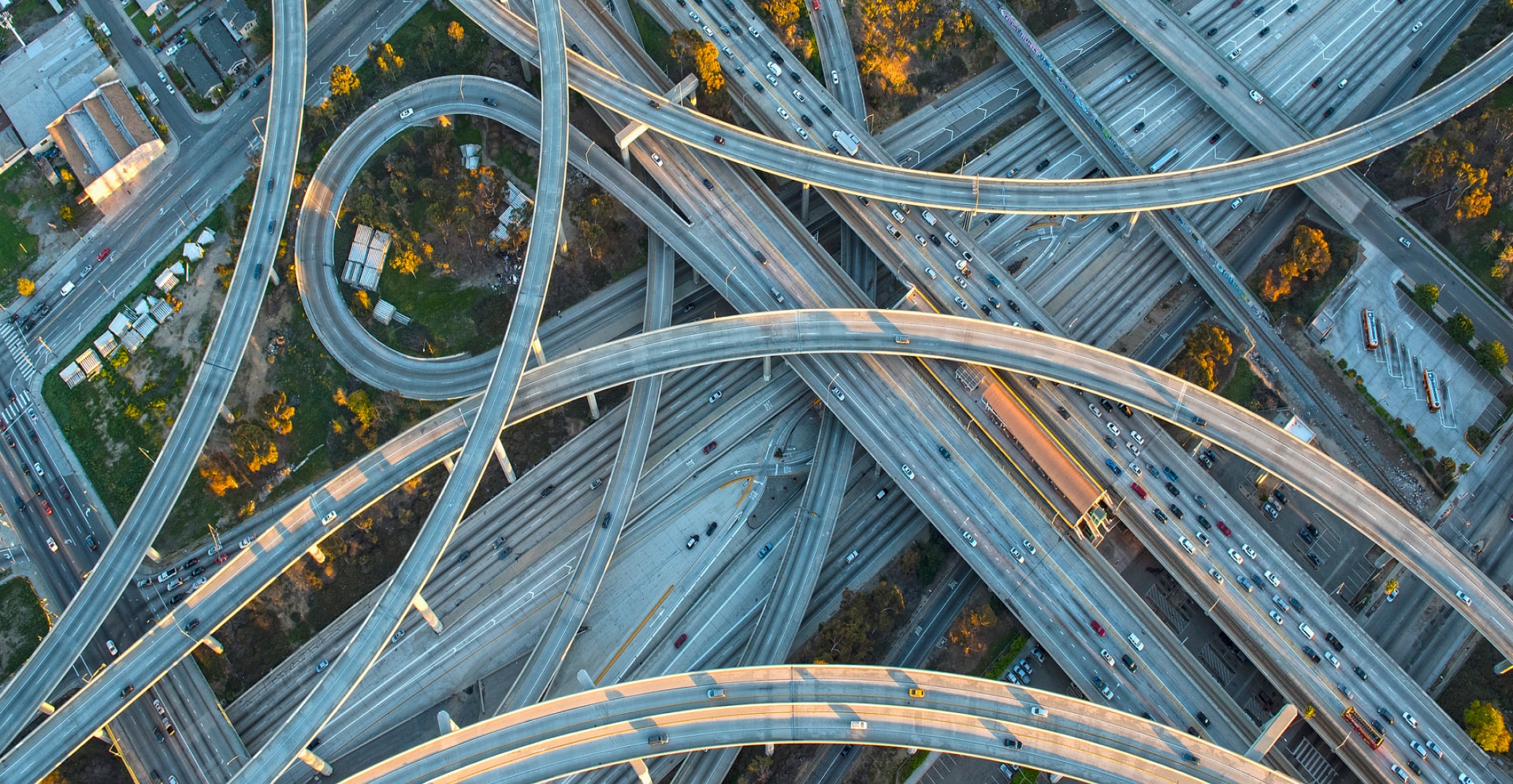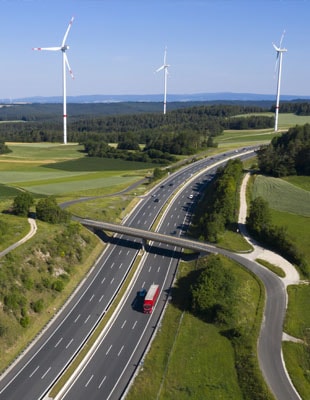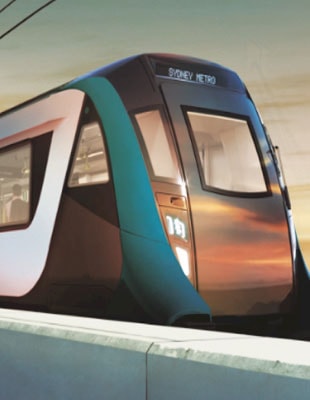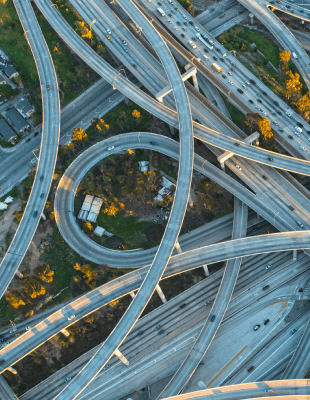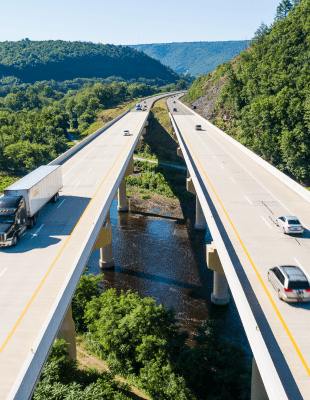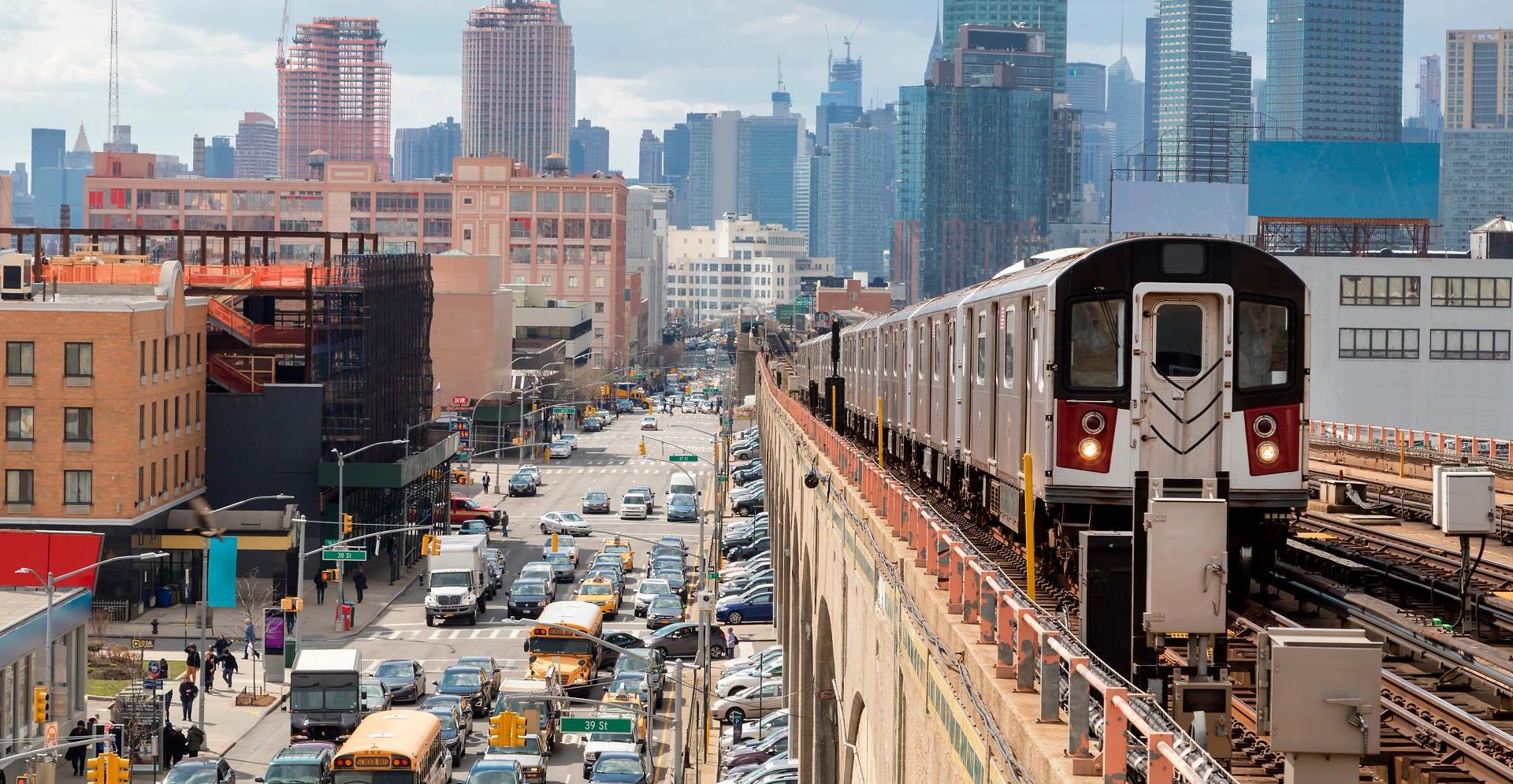With the Regional Connector's opening, more people and communities across the region will have a faster, easier Metro ride, all while Metro continues its work to make the experience safer, cleaner, and more welcoming for today’s and future riders.
Table of Contents
The challenge
LA transit users traveling to North/South or East/West destinations had to transfer at 7th/Metro Station, adding considerable time to their commute.
20-30
For decades, Los Angeles has been notorious for being one of the most congested cities in the world, yet because of long wait times and multiple transfers LA citizens historically opt for single-passenger vehicle trips, contributing to traffic that creates congestion and environmental impacts that threaten long-term sustainability.
To create an efficient, equitable and sustainable mass transit option for Angelenos, LA Metro developed the Regional Connector, a new, 1.9-mile underground light-rail extension that provides riders with a convenient and seamless journey to the business, education and cultural hubs that help LA thrive.
To make this historic project a reality, LA Metro selected Arcadis to manage the construction of the tunnel and the light-rail’s new home beneath the downtown area, safely and without disturbing existing buildings or disrupting LA’s bustling business district.
The solution
The LA Regional Connector streamlines North/South and East/West transit systems, providing a convenient, one-seat ride through downtown.
17,000
The ten-year-long construction of this project included the excavation of over 6,000 feet of two 21-foot-diameter tunnels and three 350-foot-long underground stations, the Little Tokyo/Arts District Station, Historic Broadway Station and Grand Avenue Arts/Bunker Hill Station, which comprise the Regional Connector.
Throughout this project, Arcadis worked with many stakeholders and community-based organizations to understand community needs and determine a plan that worked for all. As the team assessed the underground conditions for the tunnels and stations, they also considered the approaches to work in the areas surrounding the stations—for example, reducing noise and vibration near the Walt Disney Concert Hall, or maintaining restaurant and shopping access near Little Tokyo—to determine the best approach for each.
The team used a cut and cover approach, digging a large trench that was covered with temporary concrete decking to maintain vehicle traffic on the surface while the Little Tokyo/Arts District and Historic Broadway Stations were being constructed. This approach protected local utilities and allowed the team to excavate space for the new station beneath them, while Angelenos continued to travel safely above. For the Historic Broadway Station, sequential excavation method mining (SEM) was used to complete a mined crossover cavern. SEM was chosen because it allowed for the use of excavation to proceed without causing surface disruptions to traffic, utilities or facilities.
The team also utilized digital solutions, such as a digital traffic model, during planning to understand traffic patterns and help mitigate disruption during construction. Using this model, they were able to visualize how construction would impact the traffic flow along Flower Street, a key artery for downtown Los Angeles, and make adjustments to limit traffic impacts during construction.

The impact
Faster cross-county trips, without transfers, will provide residents with more equitable access to jobs, homes and LA’s rich cultural landscape.
11
The completed Regional Connector is now open to the public and has transformed the way residents and visitors travel throughout Los Angeles. The new system provides more convenient and equitable access to LA’s rich cultural landscape, including eight permanent artworks commissioned through the Metro Art program which adorn each of the new stations.
LA Metro also expects the system to bring in up to 17,000 additional trips each day, taking thousands of cars off the road, which will improve congestion and reduce emissions outputs.

Not done reading?
This also might be interesting for you
- Related Projects
- Related Insights
- Related Blogs


